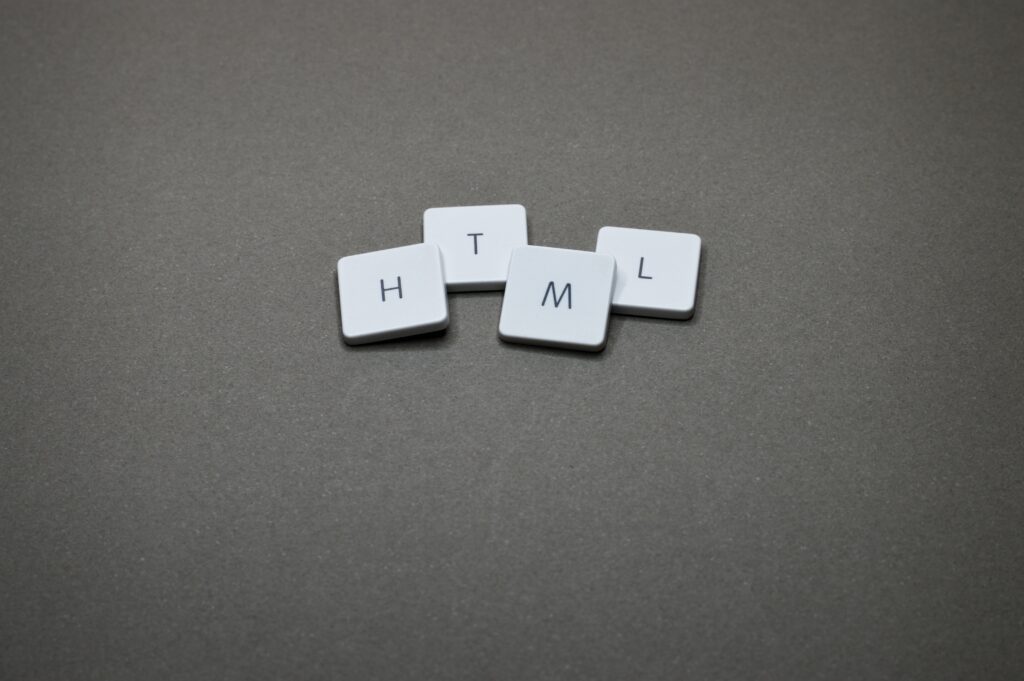In the vast expanse of the digital universe, where websites seamlessly blend text, images, and interactive elements, HTML stands as the foundational language that gives life to the world wide web. Short for HyperText Markup Language, HTML is not just a simple coding language; it is the backbone upon which the entirety of the internet is built. In this article, we will delve into the depths of HTML, exploring its history, structure, key components, and its vital role in shaping the modern online experience.
A Brief Historical Overview
HTML was born out of a collaborative effort in the early 1990s when the internet was still in its infancy. Visionaries like Tim Berners-Lee and his team at CERN sought a way to share and organize information across the global network. The result was the creation of HTML, a language designed to structure documents and connect them through hyperlinks.
Structure and Function
At its core, HTML is a markup language, meaning it uses tags to define and organize the content of a web page. These tags serve as instructions that web browsers use to display text, images, links, and other multimedia elements in a coherent and visually appealing manner. HTML essentially acts as the blueprint that guides browsers in rendering web pages as users see them.

Key Components of HTML
-
Tags: Tags are the building blocks of HTML and are enclosed within angle brackets (<>). They come in pairs – an opening tag and a closing tag – and surround the content they affect. For example, the <h1> and </h1> tags denote the beginning and end of a top-level heading, respectively.
-
Elements: Elements are made up of tags and the content they enclose. For instance, the <p> tag signifies a paragraph element, and the text enclosed within it becomes the paragraph’s content.
-
Attributes: Attributes provide additional information about an element and are placed within the opening tag. They are composed of a name and a value, separated by an equal sign. Attributes enable developers to manipulate an element’s behavior or appearance. For example, the <img> tag requires an “src” attribute to specify the image file’s source.
-
Hyperlinks: Hyperlinks, often referred to as “links,” are one of HTML’s most iconic features. They allow users to navigate between different web pages by clicking on highlighted text or images. The <a> tag, paired with the “href” attribute, is used to create hyperlinks.
HTML’s Role in Modern Web Development
HTML, while a fundamental language, is just one part of a larger ecosystem that makes up the modern web. Paired with Cascading Style Sheets (CSS) for styling and JavaScript for interactivity, HTML forms the trifecta that powers dynamic and engaging websites. CSS brings life to the HTML structure by controlling fonts, colors, layouts, and other visual aspects, while JavaScript adds interactivity and functionality, such as form validation, animations, and real-time updates.
As technology continues to evolve, HTML has adapted to accommodate new requirements and demands. HTML5, the latest iteration of the language, introduced a slew of new features, including improved multimedia support (audio and video), enhanced forms with validation, and the incorporation of semantic elements like <header>, <nav>, and <footer>, which provide clearer structure and meaning to web pages.
Conclusion
In the ever-expanding universe of digital possibilities, HTML remains a steadfast foundation upon which the entire web is built. From its humble origins to its present-day prominence, HTML has evolved to meet the demands of a dynamic and interconnected world. As technology marches forward, it is important to acknowledge the pivotal role that HTML plays in shaping the online experience, connecting people across the globe and transforming ideas into digital reality. So, the next time you browse a website, remember that behind the scenes, HTML is the unsung hero that makes it all possible.